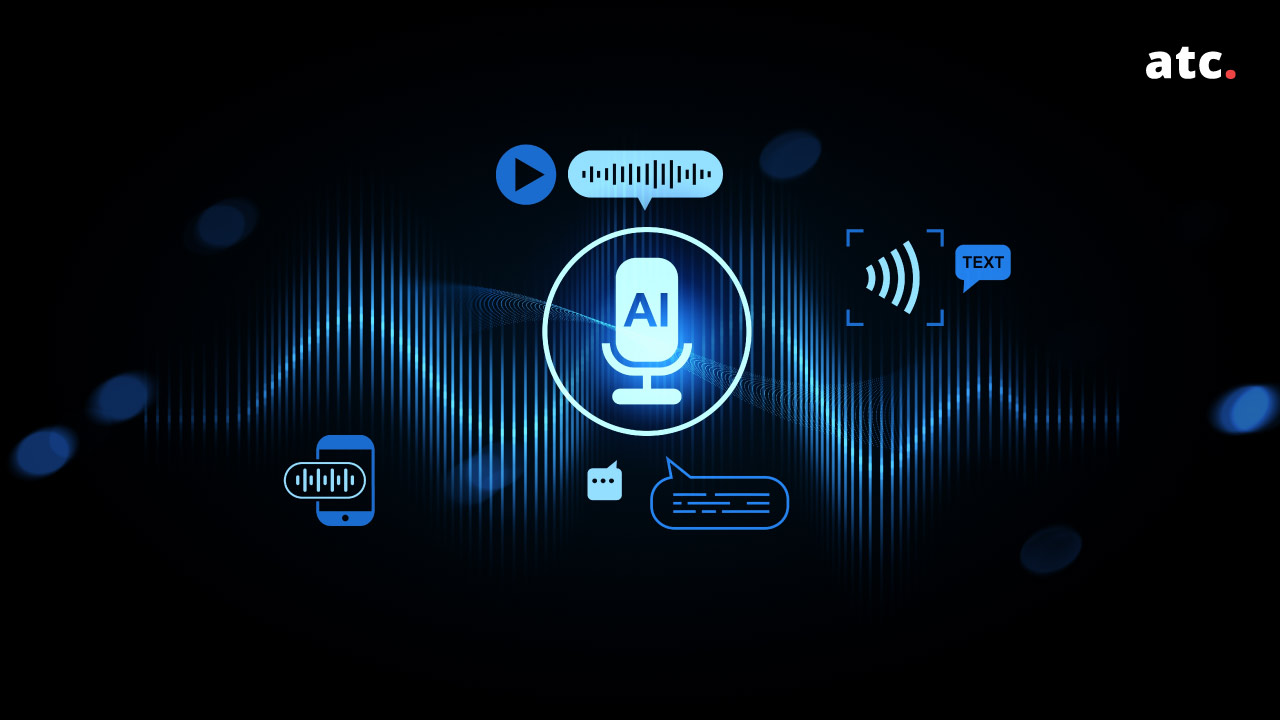Subscribe to the blog
Models that learn in sequence tend to forget what they learned earlier when they pick up new skills. That forgetting is not just inconvenient; it can break systems in production. Imagine a personalization model that adapts to new users but loses knowledge about older cohorts, or a robot that learns a new task and then can no longer perform its previous routines. That problem is called catastrophic forgetting, and it’s what keeps many teams from safely moving models from research into systems that must adapt.
There are practical ways to fight forgetting. Two approaches that engineers reach for first are elastic weight consolidation, which protects parameters that are important for earlier tasks, and replay buffers, which rehearse past experiences while learning new ones. Both have tradeoffs, and a lot of value comes from combining them in sensible ways.
For dedicated learners who are prepared to transform their practice, formalized training can be a force multiplier. The need for AI-related skills is increasing more year-to-year, and with companies like Salesforce and Google taking on increasing amounts of staff in AI and other roles but still operating with talent shortages, organizations can work with specialized, structured programs to close the skills gap in much quicker timeframes. ATC's Generative AI Masterclass is a hybrid, hands-on, 10-session (20-hour) program that delivers no-code generative tools, applications of AI for voice and vision, as well as working with multiple agents using semi-Superintendent Design, and ultimately culminates in a capstone project where all participants deploy an operational AI agent (currently 12 of 25 spots remaining).
Graduates will receive an AI Generalist Certification and have transitioned from passive consumers of AI and other technology to confident creators of ongoing AI-powered workflows with the fundamentals to think at scale.
Reservations for the ATC Generative AI Masterclass to get started on reimagining how your organization customizes and scales AI applications are now open.
What Is Catastrophic Forgetting?
Put simply, catastrophic forgetting happens when a neural network is trained on task A, then trained on task B, and performance on A drops drastically. It is a feature of standard gradient-based learning: updates that improve task B can erase weights needed for task A.
A common benchmark is split-MNIST. You split digits into groups, train on each group in sequence, and measure accuracy on earlier groups after each new stage. If you fine-tune naively, accuracy on older groups plummets. That failure mode highlights why sequential learning is different from the usual iid training most systems assume. Benchmarks like split-MNIST and permuted-MNIST are useful because they reveal whether methods actually preserve old capabilities while gaining new ones. For a broader survey of lifelong learning methods, see the review by Parisi and colleagues.
Elastic Weight Consolidation
The idea behind elastic weight consolidation is intuitive, and oddly enough, it is easy to explain. After you train on a task, some parameters matter more than others. EWC estimates how important each parameter is and then penalizes changes to the important ones when learning a new task.
The core formula people use is:
Loss_total = Loss_new + (λ / 2) * Σ_i F_i * (θ_i - θ_i^*)^2
Here’s what each symbol means:
- Loss_new: normal loss on the new task, for example, cross-entropy.
- λ: a regularization strength hyperparameter, which balances remembering and learning.
- θ_i^*: the saved value of parameter i after previous tasks.
- θ_i: current parameter value.
- F_i: importance of parameter i, estimated with the diagonal of the Fisher information matrix.
That extra term penalizes big moves in parameters that matter, nudging optimization toward solutions that keep older skills intact. The original EWC paper explains this and demonstrates it on MNIST tasks and Atari games; see Kirkpatrick et al. Kirkpatrick et al., 2017 and the PNAS.
When does EWC make sense? Use it when you cannot store past data but you can compute or approximate parameter importance. It has modest memory needs because you typically store only parameter snapshots and a diagonal importance vector. That said, estimating Fisher requires extra computation, and the diagonal is an approximation, so EWC can struggle when representations must change dramatically for new tasks.
Replay Buffers And Generative Replay
A more pragmatic approach is rehearsal. Keep a compact buffer of past examples and interleave them with new data while you train. This is what experience replay does in reinforcement learning, where agents sample from a buffer to break temporal correlations and stabilize learning. The DQN paper shows how replay buffers made deep RL practical.
Types of replay you’ll see in practice:
- Uniform replay: store a fixed-size buffer and sample uniformly.
- Prioritized replay: sample the most informative or surprising experiences more often.
- Reservoir sampling: maintain a representative buffer for streaming data.
A variation is generative replay. Instead of storing raw data, train a generative model to approximate older tasks and sample pseudo-examples. The solver network trains on real new data plus generated old data. This removes the need to store raw examples, which is attractive under strict privacy or storage constraints.
Tradeoffs are practical. Replay buffers are simple and effective, but they use storage and can conflict with privacy rules. Generative replay reduces storage but requires engineering a robust generator, and generators can themselves leak information if not carefully trained.
Hybrid Approaches And When To Choose What
You don’t have to pick a single family of methods. Teams often combine regularization, replay, and architectural ideas.
Quick comparisons:
- Regularization methods (EWC, Synaptic Intelligence) are low-memory and useful when you cannot store examples. See Zenke et al. for synaptic intelligence.
- Replay methods are robust and simple to deploy if you can store examples. DQN-style replay is battle-tested for RL.
- Generative replay helps when storage is restricted, but plan for extra compute and validation of generated samples.
- Memory-based classifiers like iCaRL combine exemplars with nearest-exemplar strategies and work well for class-incremental learning.
Rules of thumb:
- If you can store a few thousand samples, start with a replay buffer plus reservoir sampling.
- If you can’t store data, try EWC or Synaptic Intelligence and tune regularization carefully.
- For very different tasks, consider modular or architectural methods that add capacity per task.
Short note: Hands-on capstone projects that force you to implement these tradeoffs can shorten the learning curve. A program with a practical capstone teaches engineers how to design systems that cope with forgetting and production constraints.
Practical Recipes And Tips
Here are quick, actionable steps.
- Baseline everything
- Run naive sequential fine-tuning and log per-task accuracy after each stage.
- Metrics to Track
- Average Accuracy: mean test accuracy across tasks.
- Forgetting: drop from peak accuracy to final accuracy for each task.
- Backward Transfer: whether new learning helps or hurts previous tasks.
- Use split-MNIST, permuted-MNIST, CIFAR incremental setups, or RL suites as testbeds.
- Starter Implementation
- Keep a buffer of a few thousand examples, use reservoir sampling, and mix replay with new batches.
- If no storage, compute the diagonal Fisher after each task, store θ* and F, and apply EWC during updates.
- Simple Example To Try
- Split-MNIST into five tasks, buffer 200 images with reservoir sampling, interleave 50 replay examples per batch, train 5 epochs per task, and plot per-task accuracy after each task.
- Libraries And Repos
- Check Avalanche for PyTorch continual learning utilities and baselines.
- Look at Continual AI baselines for implementations of EWC, GEM, iCaRL, and more.
Pitfalls: over-regularizing, picking buffers that are biased, and reporting only final averages. Log per-task trajectories so you can actually see forgetting.
Conclusion
Let’s be honest, catastrophic forgetting used to be a reason to design brittle systems, not resilient ones. That is changing. Elastic weight consolidation is a low-memory, neuroscience-inspired technique. Replay buffers are simple, effective, and often the fastest path to a working system. Generative replay lets you avoid raw storage at the cost of extra modeling work. Often, the best results come from sensible hybrids.A final practical thought: start simple, measure forgetting explicitly, and iterate. If you want to accelerate that skill transfer, formalized training helps. For dedicated learners who are prepared to transform their practice, formalized training can be a force multiplier. ATC's Generative AI Masterclass is a hands-on 10-session program with a capstone where participants build deployable agents and learn practical tradeoffs for production systems. It’s a compact way to move from curiosity to concrete engineering know-how.




